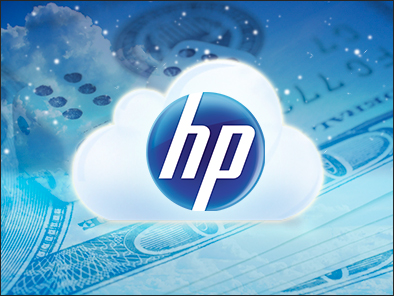Ryan Goodrich| Businessnewsdaily
Cloud computing continues to change the way businesses work. It creates a new way to facilitate collaboration and information access across great geographic distances while reducing the overhead associated with maintaining what was once an expensive series of resources.
As a result, software companies are more flexible and cost-effective and allow consumers to purchase only what they use rather than off the shelf as a large initial investment.
Despite how many companies regularly use cloud-based services, many individuals don’t fully grasp the terminology associated. The jargon that comes with the cloud is understandably confusing, so here’s a quick breakdown of common terms.
Cloud computing
Rather than storing data locally on individual computers or a company’s network, cloud computing entails the delivery of data and shared resources via a secure and centralized remote platform. Rather than using a company’s own servers, it places the use of resources in the hands of a third-party organization that handles the maintenance and ongoing availability of any purchased services.
IaaS
Many organizations purchase their own hardware to support infrastructure and shudder under the costs of buying servers, installing and integrating them and employing IT professionals for ongoing maintenance. Infrastructure as a Service (IaaS) removes the cost of this burden to the cloud and provides companies with the needed server hardware at a highly reduced rate, and with no required maintenance.
PaaS
Budding software companies need a strong infrastructure of hardware and software applications to develop a competitive software application. Platform as a Service (PaaS) offers a cloud-based platform that can be used to build, test and launch applications.
SaaS
The traditional model of companies and software entails purchasing a single software license for each user. When a new version of the software becomes available, the organization is then forced to purchase upgrades to ensure ongoing compatibility with industry standards. Software as a Service (SaaS) breaks that model by offering cloud-based software on a monthly subscription model based on a per-user basis with the perk of ongoing upgrades.
XaaS
Whereas IaaS, PaaS and SaaS refer to specific business models, most any type of product can be offered as a service. XaaS refers to “X as a Service,” or “anything as a service,” meaning anything capable of delivery over the internet rather than via a retail store can be sold with this model. IaaS, PaaS and SaaS are the most common forms of XaaS, but other business models include Back End as a Service (BaaS), Storage as a Service (SaaS), Communications as a Service (CaaS), Network as a Service (NaaS) and Monitoring as a Service (MaaS).
SPI model
This is an acronym that refers to the most common cloud computing service models, namely SaaS, PaaS and IaaS.
Cloud computing service models
Many businesses now sell cloud-based services that transcend the traditional software license model of service. These services are available at a monthly rate via a web browser and provide upgrades to the service on a regular basis. Typical cloud computing service models include IaaS, PaaS and SaaS.
Data center
This is a facility built for the purpose of housing cloud-based resources such as servers and other service-based equipment. Many cloud-based companies own and operate their own data centers which house the data stored for consumers and ensure the ongoing availability of their cloud. Many companies own multiple data centers in different geographic locations to ensure redundancies against data center failures, thus allowing an always-online service offering.
Private cloud
A private cloud is a cloud service for storing and retrieving data and is designed for use by one company. Employees can access this cloud within the company network to work on files in real time and share projects, but this resource isn’t available to individuals outside the company. Companies seeking to take advantage of cloud benefits, but desiring complete control will turn to this model of cloud.
Public cloud
Countless cloud-based services exist with the ability to provide a public cloud that caters to multiple parties using the same server resources. Whereas a private cloud would restrict server access from parties outside the company, a public cloud pools resources to offer a unified level of service. Users can access their own information in a public cloud, but cannot get the information of other users.
Hybrid cloud
When an organization has its own server hardware for a private cloud, but needs additional resources for increased traffic on an irregular basis, the hybrid cloud is an often-turned-to solution. It combines both a private and public cloud setup, relying largely on the private cloud for regular data storage and overflowing to a public cloud for increased levels of internal traffic.
Utility computing
When a company purchases its own server, odds are they won’t use all of the resources available with the hardware. With a cloud-based service, companies are given the utility computing model, or pay-as-you-go system, where a business only pays for the resources they needed that month. This usage is typically computed and billed in terms of bandwidth activity and data storage levels.












